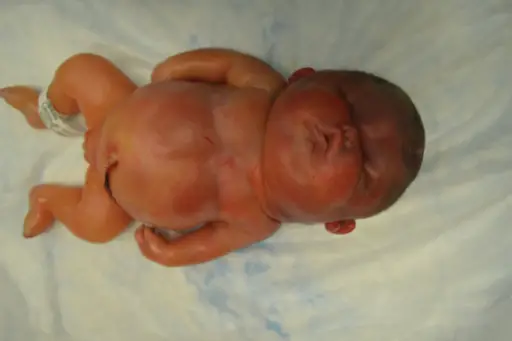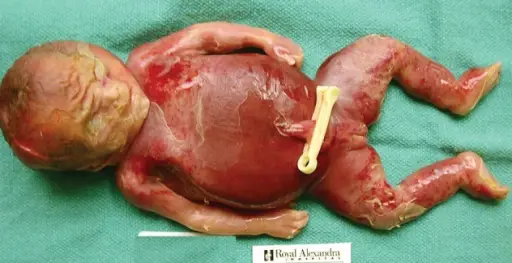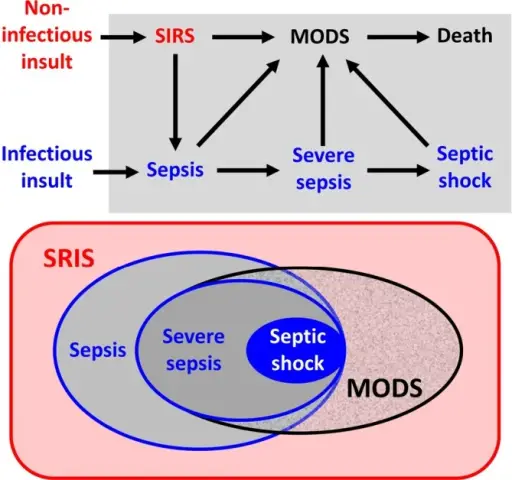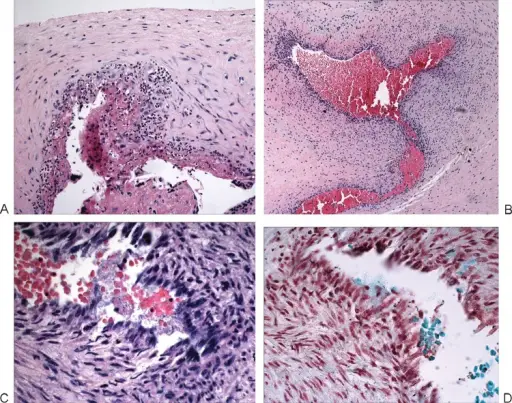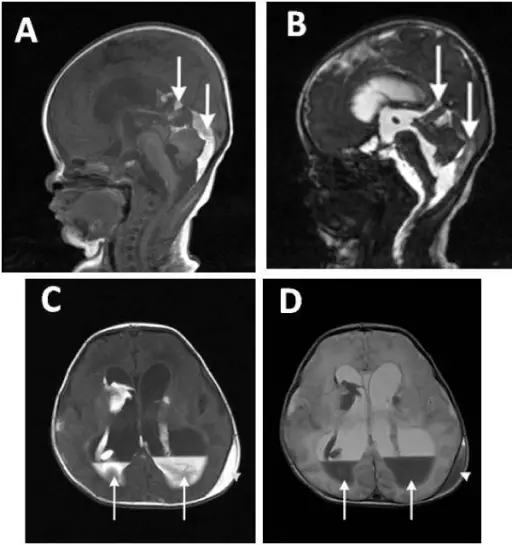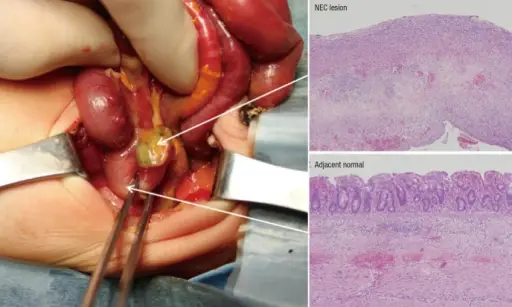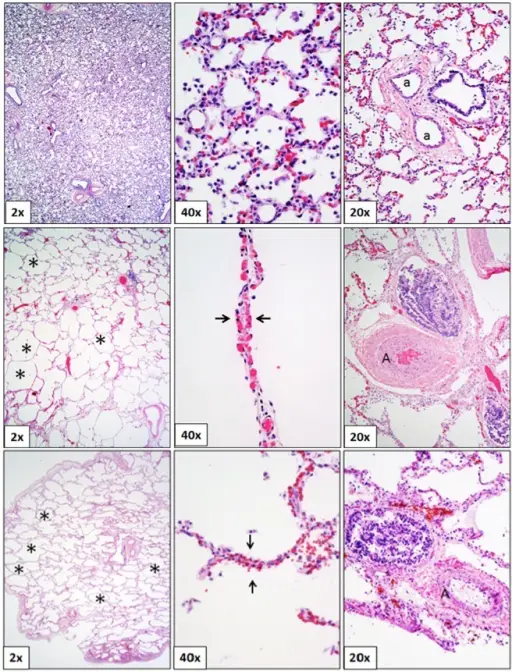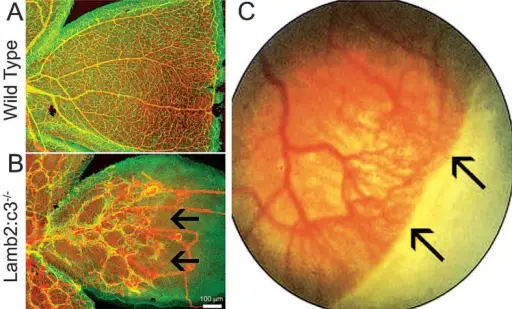What is Nonimmune Fetal Hydrops?
Non-immune fetal hydrops is a severe fetal condition defined as the excessive accumulation of fetal fluid within the fetal extravascular compartments and body cavities, and is the end-stage of a wide variety of disorders. Non-immune fetal hydrops is typically due…

